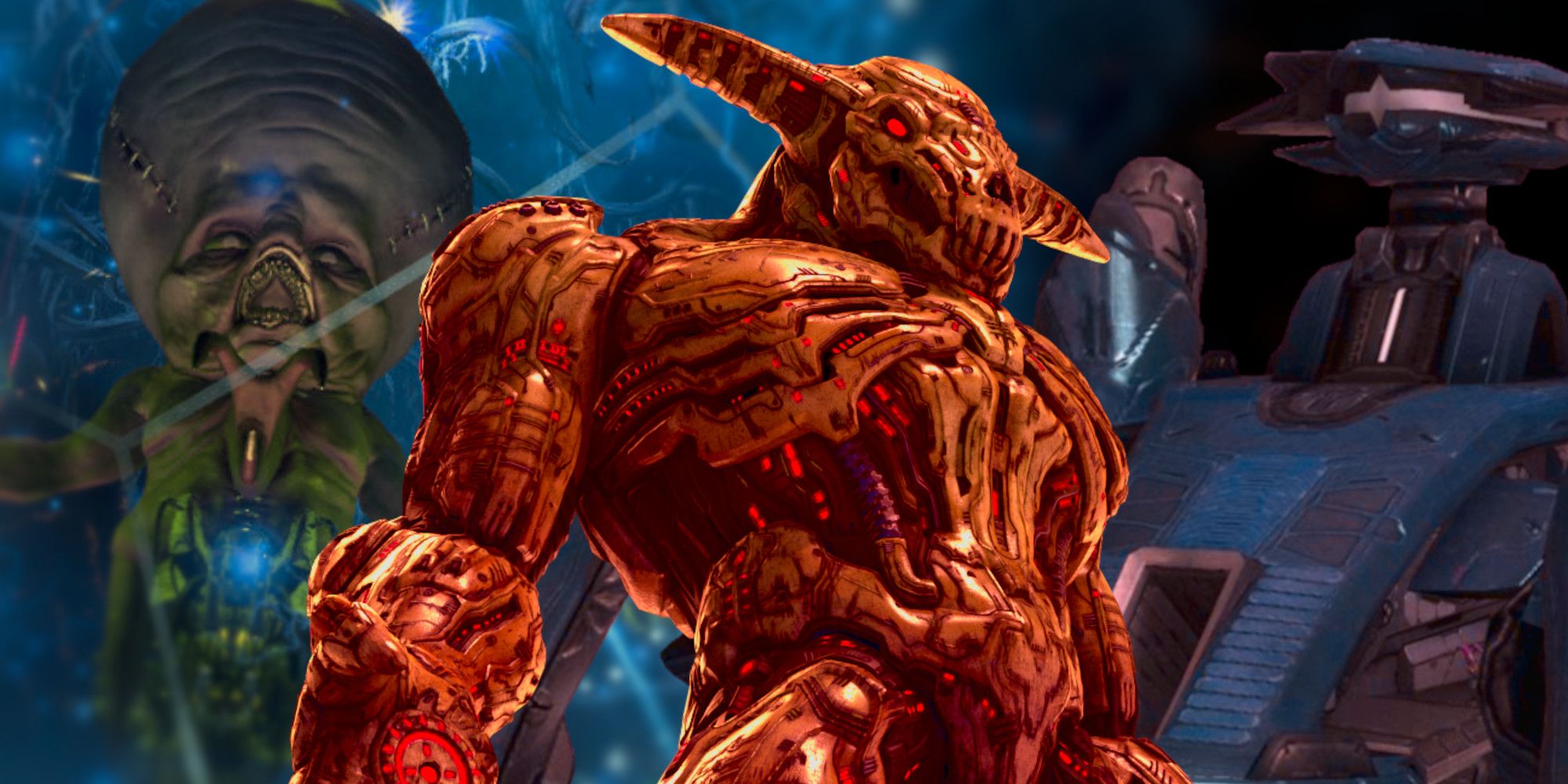
The boss battle has been a staple feature of video games for as early as the original Super Mario Bros. Since then, countless games have developed a reputation as fun and challenging ways to test a player's skills they have picked up throughout the game. A key exception is the first-person shooter genre, where boss battles are rather few and far between. What few there are available, these bosses are also often boring bullet sponges with little strategy or spectacle involved.
However, not all FPS boss battles have to be bad--some developers have taken into heart what other games have done regarding their boss battles with creative solutions and uncovering weak points. Others are enjoyable for aesthetic and personality alone, even if the solution is a straightforward "shoot it until it's dead." Here are some of the best and most memorable boss fights in first-person shooter history.
RELATED: Why Classic Arcade Shooter Time Crisis Deserves a Nintendo Switch Remaster
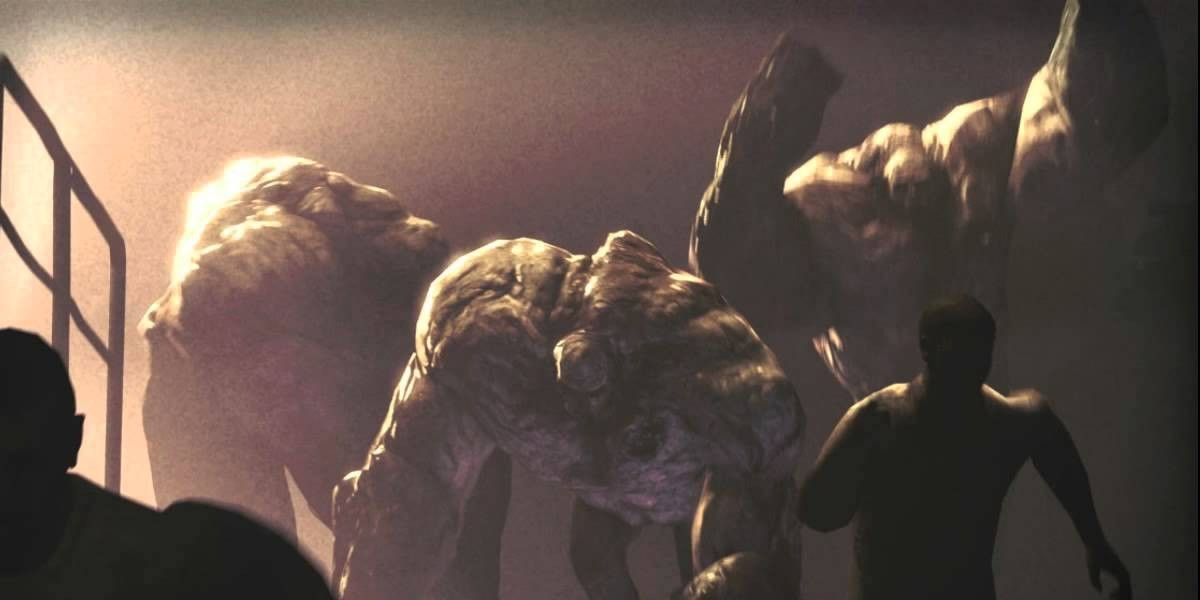
One of the biggest threats in Valve's Left 4 Dead series of cooperative zombie shooters, the Tank is aptly named for its uncanny ability to take ungodly amounts of damage. Being the only Special Infected (other than the Witch) to be introduced with a foreboding leitmotif, the sheer threat the Tank poses is enough for players to drop almost every task they were doing and focus entirely on killing this hulking monstrosity.
Incredibly strong and able to throw objects with unbelievable accuracy, if a Tank is not the ultimate test of teamwork for Left 4 Dead's survivors, then maybe two or three Tanks will change a player's mind.
RELATED: Science Explained Hulk's Green Skin in a Disgusting Way - But It Makes Sense
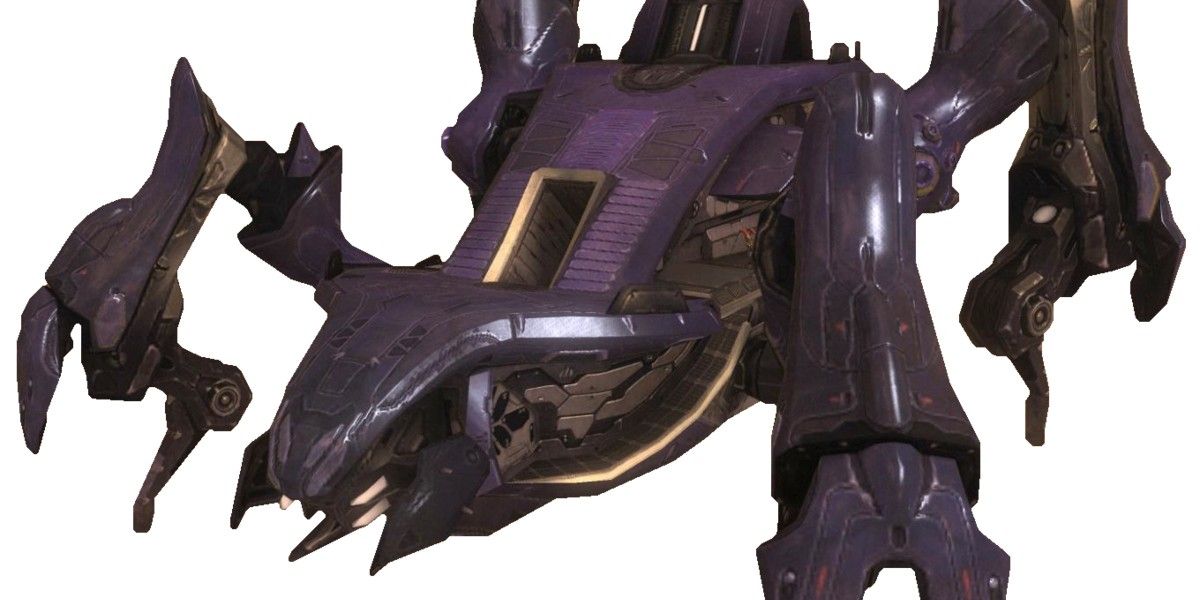
While the imposing Scarab tanks first appeared in Halo 2, only one was briefly fought as part of the final levels of the New Mombasa arc of Master Chief's campaign, with his explosive takedown of the AT-AT-like monstrosity only present in a cutscene. Come Halo 3, Scarabs become a semi-regular end-mission boss, only this time there are so many different solutions than simply jumping onto it and killing every Covenant on-board.
The Chief can work with the Arbiter to shoot at its joints with explosives, causing the Scarab to descend for easy platforming or they can lure the Scarab to an elevated platform to board it like in Halo 2, where the player can now attack the Scarab's weak point to cause an extremely satisfying and climactic explosion.
RELATED: Every Halo Game Ranked, According to Critics
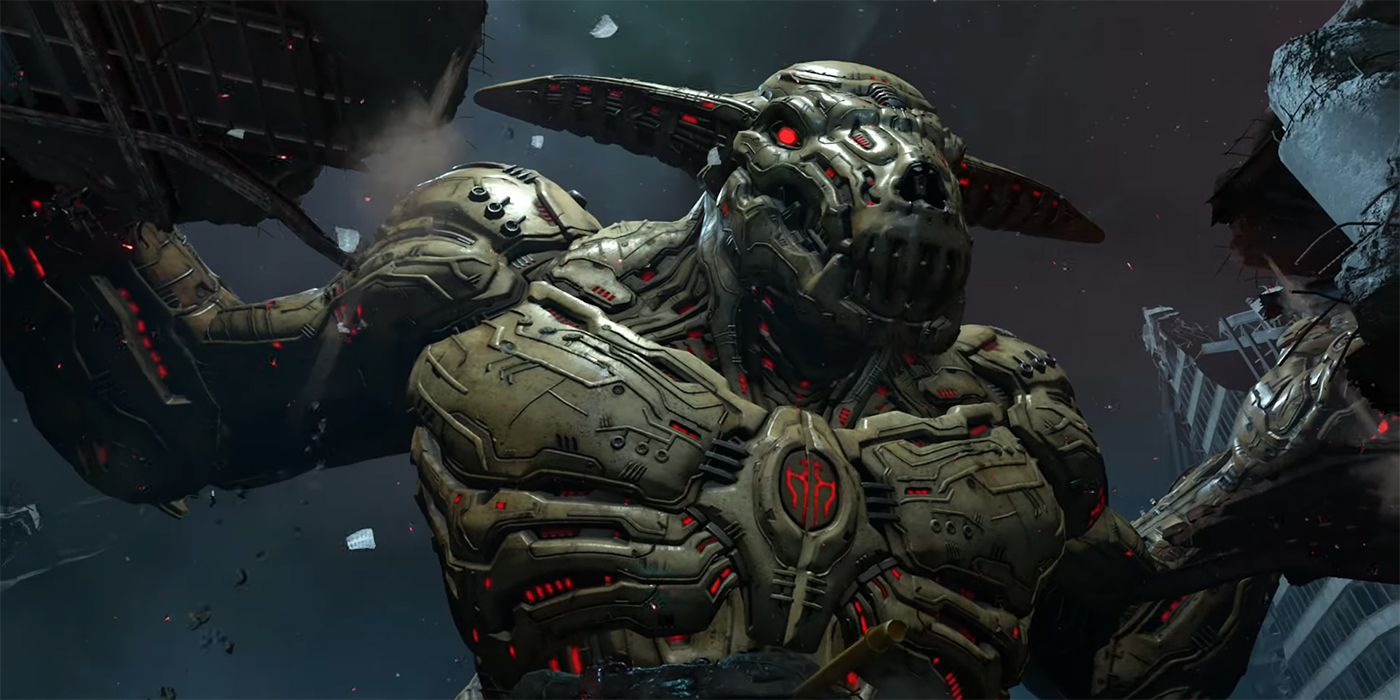
After more than two decades of absence, the demonic final boss of Doom II returns in the explosively violent and hectic Doom Eternal with a massive upgrade in size and menace. No longer a mere face in the wall, the Icon of Sin possesses two phases: the first phase tasks the Doom Slayer to destroy bits of his armor and the second phase has the player shooting off all of the monster's flesh until he is but a fleshy skeleton hanging onto the loose thread of life.
The fact that eight body parts must all be equally destroyed in both phases means that this is a test of the player's speed and precision, as the Icon of Sin moves much more quickly than his size would suggest and the only safe range to shoot him from is rather far away. Getting too close will lead to the devil countering with a punch from his gigantic fist or a hellish counter-spell that ignites the most immediate platform in flames. On top of this, the player must utilize the learned skill of enemy prioritization as the arena is filled to the brim with some of the toughest monsters in the entire game short of a Marauder.
RELATED: How DOOM Became Gaming's Most ICONIC FPS Franchise
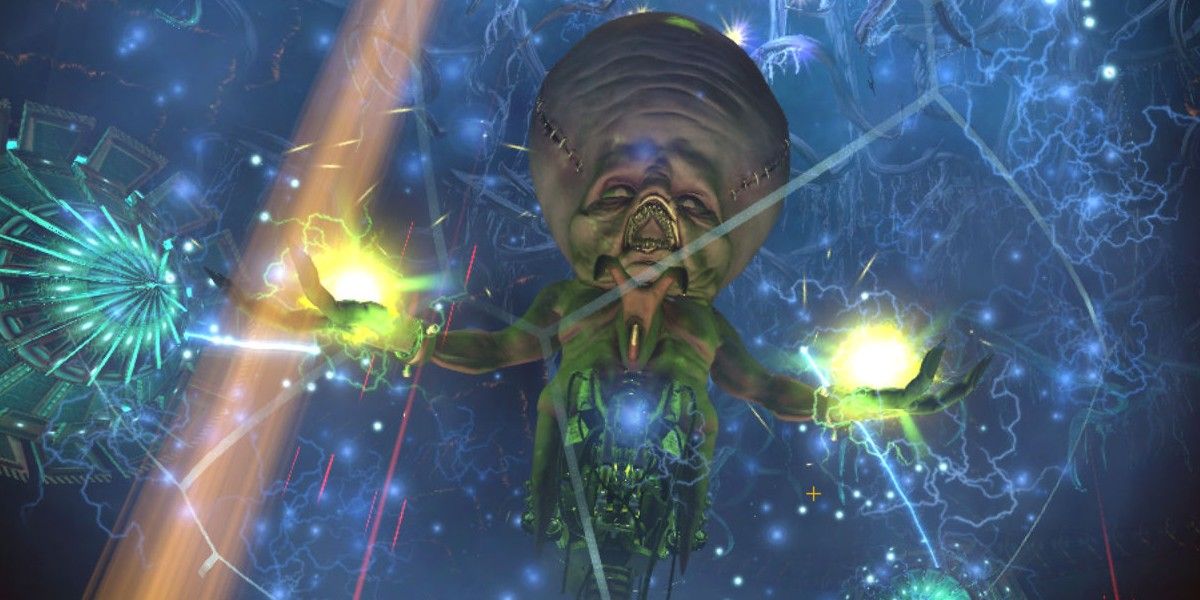
The original Half-Life had some memorable "level" boss encounters such as the Tentacle in the missile silo or the Gargantua at the trainyard, but its endgame in the otherworldly Xen has become notorious for its terrible level design and equally terrible bosses such as the final boss, the Nihilanth. The Valve-endorsed fan remake, Black Mesa, not only greatly improves Xen from a design and aesthetic perspective but also turns the Nihilanth boss fight into something truly spectacular.
No longer cowardly shooting portals at Gordon and using cheap attacks, the Nihilanth is now completely dedicated to killing Gordon with everything it can it's got, instead teleporting entire sections of Black Mesa and literally throwing them at the player on top of a stunning light show of energy attacks. While the basic principle of destroying crystals to take out the Nihilanth's shield is the same, Gordon now has much more cover to utilize and the Nihilanth's teleportation of materials fits well within Half-Life's theme of using the environment.
RELATED: Star Wars: The Nihil Have Begun Recruiting Children to Their Cause
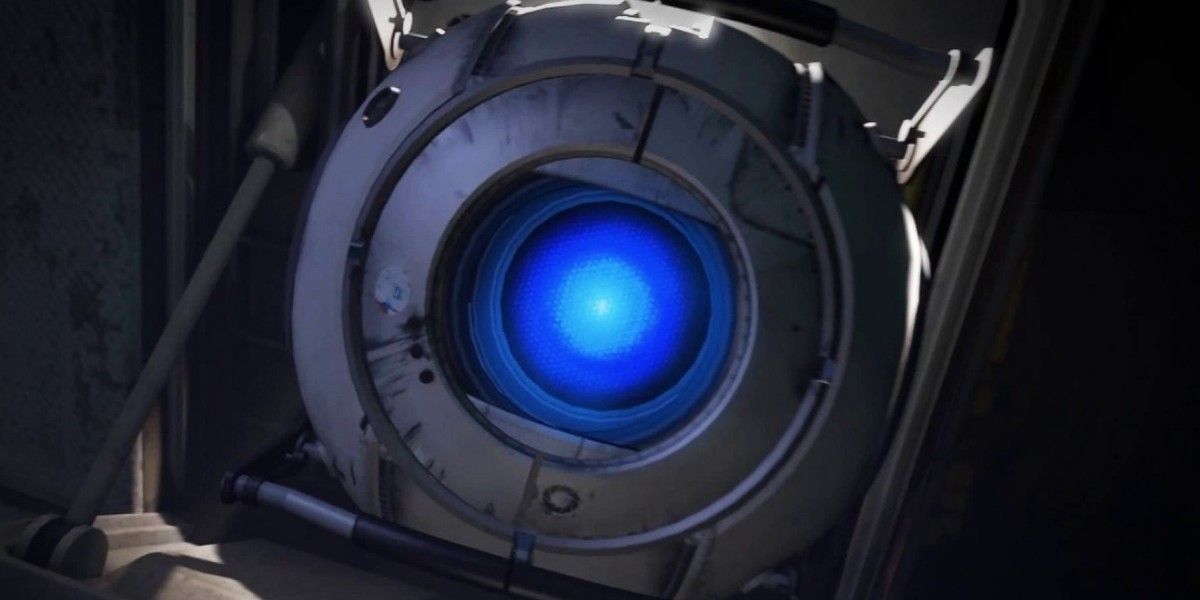
While not a first-person shooter in the traditional sense, the original Portal was an amazing puzzle-action game whose out-of-the-box thinking and quirky nature made it a lot easier to make a good boss fight out of, culminating in an excellent (and hilarious) final battle against the evil A.I. supercomputer known as GLaDOS. Portal 2 sought out to improve almost everything the first game did in terms of puzzles, story and humor, culminating in an even better final boss fight against the maniacal Wheatley.
Claiming to have studied GLaDOS' previous mistakes, Wheatley throws bombs at the player instead of shooting missiles, adding a new layer of defense with every successful counterattack as the amount of "portal-able" walls shrinks. The player has to use portals and gels in meaningful ways to use Wheatley's environment against him and finally corrupt him with the various personality cores. With high emotional stakes and a plethora of witty writing, the fight culminates in a fantastically cinematic shot of the player shooting a portal at the moon.
KEEP READING: 5 Co-Op Games to Play After It Takes Two
0 Comments